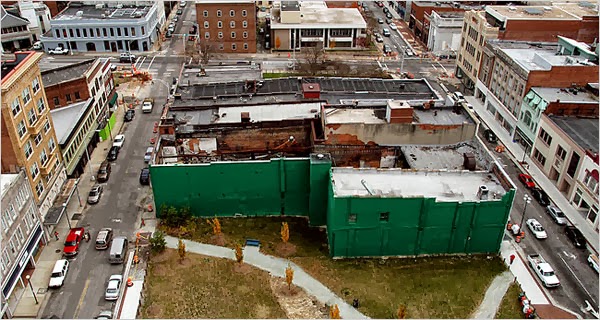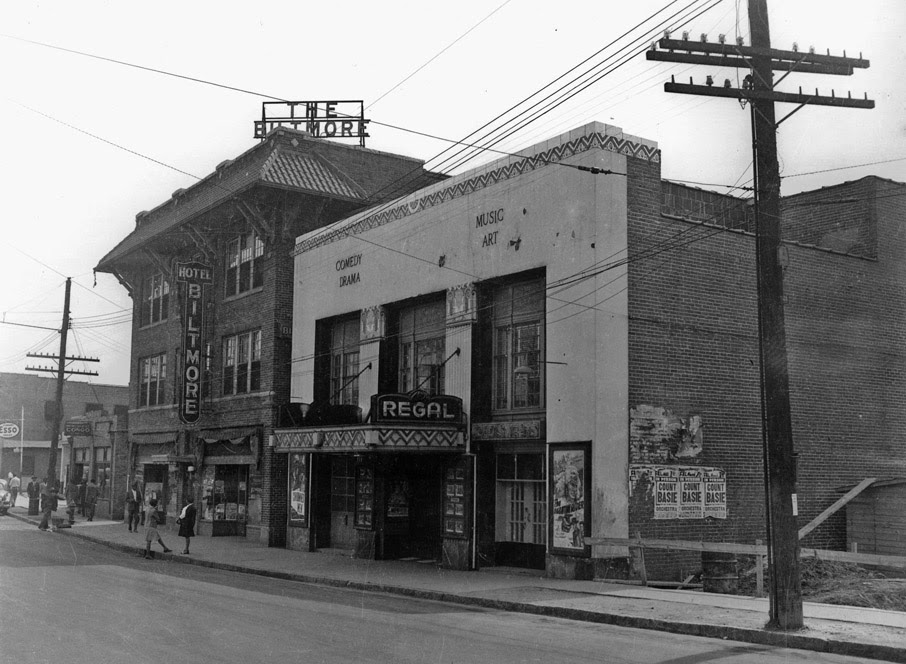
Honest, paywall-free news is rare. Please support our boldly independent journalism with a donation of any size.
Several years ago, the city of Durham, NC announced that it had developed a ten-year program to eradicate local homelessness. Several years ago, city officials stated that additional housing for the poor and underprivileged was one of the city’s most sincere concerns. Unfortunately, it doesn’t look like city officials have made due on their promises.
Instead, low income residents are being pushed out of their homes all over the city, especially in the communities surrounding Durham’s burgeoning downtown district. In the same manner the Durham Freeway was constructed through Durham’s historic Black community, eminent domain is once again uprooting mostly poor Black residents. Profit motives are replacing history and people with upscale restaurants and designer strip malls.
The communities of Southside and East Durham have already fallen victim to gentrification efforts. The district that Booker T. Washington and W.E.B. DuBois once praised, Old Hayti, is without a doubt, going to be next. Old Hayti was home base to North Carolina’s Black Wall Street. Knowing the history of Durham’s underground development plans, it’s probably already on the city’s gentrification radar.
Gentrification is the process of replacing low income distressed communities with new commercial and residential districts that cater to the middle and upper class. Communities targeted for such systematic face lifts are typically poor, Black and Latino. The popular claim is that corporations and city officials are reinvesting money back into the community, and that’s great, but dismantling low income neighborhoods is not the way to do it. Replacing families who depend on community ties to survive with coffee shops, specialty beer bars and dessert parlors, borders on complete inhumanity. Such decisions regarding the infrastructure of people stand as testaments to the disregard of human life.
Last year, Lincoln Heights public housing residents were all of sudden given 30 days to vacate their homes, with no financial resources or place to go. While some sought refuge in homeless shelters and provisional housing, others beckoned the assistance of close friends and family members. Community based programs like Urban Hope offered modest assistance, but strict guidelines limited efforts of available aid.
Lincoln Heights is a subdivision within McDougald Terrace, a 25-acre public housing community located in southeastern Old Hayti. It sits conveniently between North Carolina Central University and Durham Technical Community College. Ever since the Durham Housing Authority’s ‘Transformational Plan’ was introduced in 1989, several speculators have had their eye on McDougald Terrace. As a matter of fact, the McDougald Terrace Branch Library was quietly closed by the city September 30th 2013. Once grades decline and crime increases among neighborhood youth, city officials will have a reason to ship tenants out next.
In Old North Durham, the El Kilombo community center fought like hell to resist privatization. They were screaming “GENTRIFICATION” three years ago over the Old North Durham Park. Truth is, the children they were tutoring Monday thru Thursday, and the families they were feeding for free on Fridays, were bought out for yoga studios and entertainment halls. When human beings and their social bonds are replaced by glass buildings and profit-driven businesses, the issue isn’t “renewal.” The question is what’s more important, people or property?
For those of us who have observed Durham’s surge of urban renewal at the grassroots level, it’s obvious that vast amounts of poor Black and Latino communities are catching a raw deal. At first their neighborhoods are sold off to the highest bidding real estate speculator. Then they’re gutted, bulldozed and cleared away for new condos the working poor cannot afford to live in. While city officials zealously claim to care about fair housing, fair housing seems to be avoiding those who need it most.
What troubles me is such processes of systematic displacement are occurring all throughout urban America. Durham, North Carolina is not the only city being pinched by gentrification. Harlem, Brooklyn, Detroit, Washington DC and Philadelphia have all served as recent grounds of gradual displacement of the working poor. The same people who used to catch the first boarding pass of “white flight,” are now returning for close proximity to gourmet waffles, cupcake shops and cappuccinos.
Tossing the underprivileged out like last night’s trash is not only sickening, it’s inhumane. Does anyone care about the poor anymore? Does anyone besides me see what the hell is going on here? Somebody…anybody…say something!
Press freedom is under attack
As Trump cracks down on political speech, independent media is increasingly necessary.
Truthout produces reporting you won’t see in the mainstream: journalism from the frontlines of global conflict, interviews with grassroots movement leaders, high-quality legal analysis and more.
Our work is possible thanks to reader support. Help Truthout catalyze change and social justice — make a tax-deductible monthly or one-time donation today.

